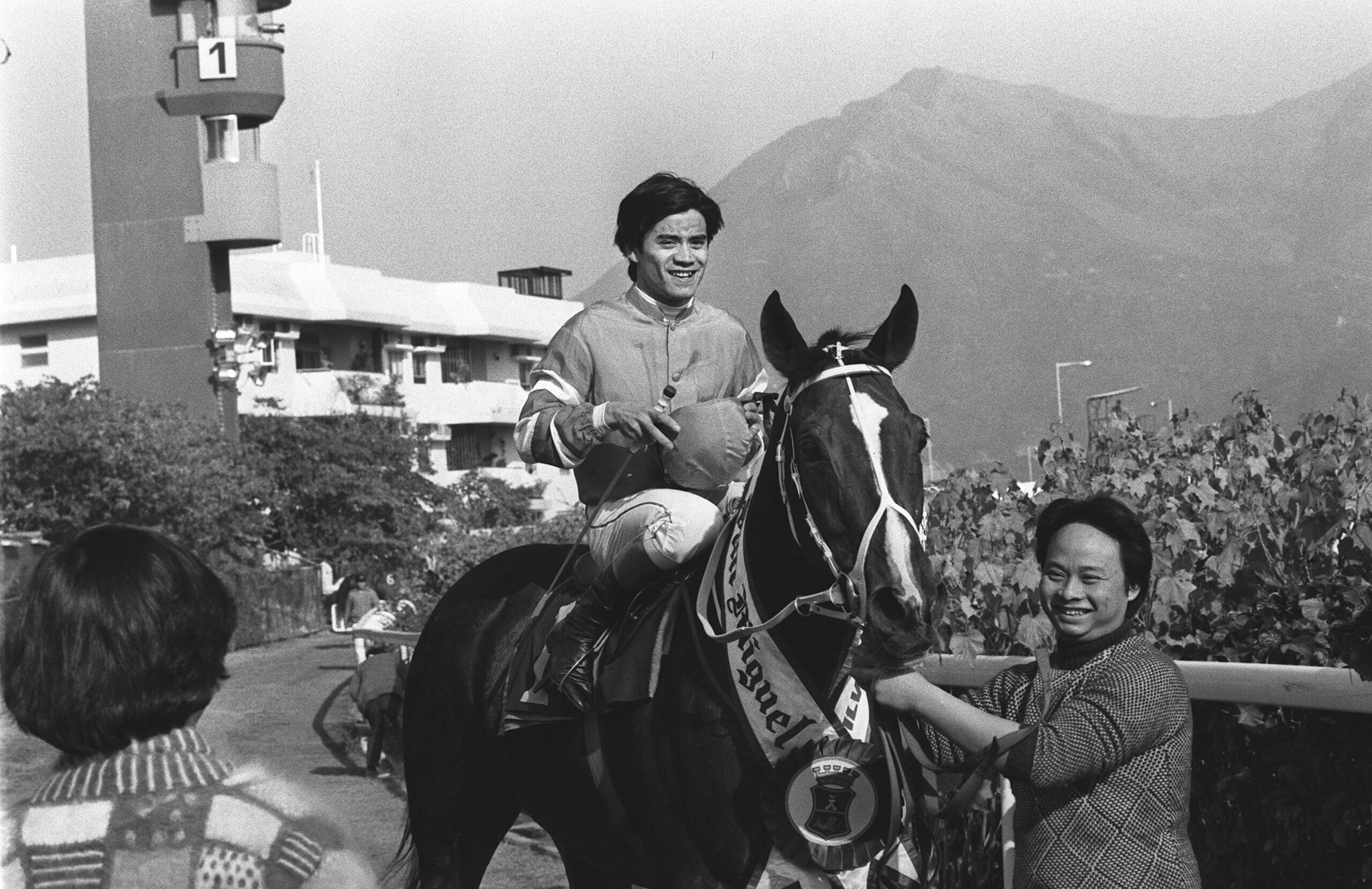As much as Purton has transformed from starving and sweating grump to a well-hydrated, wholefood-salad munching nutrition guru, it wasn’t a holistic approach to health that drove him to four titles, it was a ruthless competitiveness bordering on obsession.
“I think I will continue to ride at 120 (54.4kg) and take the extra chances,” he said, kidney stones be damned. Sure, the two pounds could lengthen Purton’s career, but, well, you know, winners: “Two pounds in a 20-pound spread equates to five-per-cent more opportunities for me,” he said.
The dilemma of sacrificing health for success aside, Purton believes the two-pound leeway, which allows heavyweight jockeys to be competitive at a regular weight of 122lbs (55.3kg) (from where they can claim two pounds over on a horse allotted 120lbs) will encourage some of the world’s best riders to return to Sha Tin.
Plenty of reasons have been given for the lack of star power in the jockey ranks in recent years – from the dominance of Moreira and Purton, to political unrest in the city and intense COVID restrictions – but, according to Purton, the discomfort of getting to 120lbs is the most obvious.
Most of the best riders in the world just can’t get down to 120lbs regularly.
“Most of the best riders in the world just can’t get down to 120lbs regularly,” Purton said, rattling off a list of heavyweights in name and stature:
“Ryan Moore, William Buick, Hugh Bowman, James McDonald, Frankie Dettori and Christophe Soumillon … they have all ridden in Hong Kong but have decided against even short term stints in recent years. They are not going to come if they have to push to get to that weight. I think it is a big factor.”
Purton is right – the only time Moore gets down to 122lbs is to ride an Aidan O’Brien three-year-old in a weight-for-age feature, so it is unlikely he wants to spend the winter sweating at Sha Tin to ride Class Five hacks week-in and week-out when at home he can ride 126lbs (57kg) at most meetings.
The HKJC admitted that even though the primary reason for the change was rider welfare, it was hoped the move would help entice leading jockeys back to the city.
“A number of overseas racing jurisdictions have, over time, raised the weights to be carried in race,” the spokesperson said. “A large difference between the minimum riding weights in Hong Kong and other major jurisdictions will have an impact on the Club’s ability to attract world-class jockeys to Hong Kong.”
So the question is, if the Jockey Club believes it can attract a few more quality riders with a two pound rise, why not a little more? Hong Kong’s 20lbs (9.1kg) spread is one of the key factors to exciting racing, but so too are talented jockeys.
Hong Kong is a jockeys’ jurisdiction, it is NASCAR to Europe’s Formula One, a place where the horse really isn’t the star and tight racing, bunch finishes and dynamic tactics rule.
The new top weight of 135lbs is still short of the top weights carried in other major jurisdictions. The British Horse Racing Authority minimum is now 114lbs (51.7kg) and the maximum is a whopping 142lbs (66.7kg), up two pounds after COVID.
Another benefit of a more significant weight rise would be to give the Jockey Club’s Apprentice School more flexibility in its recruitment of new prospects. Jockeys with previous equestrian experience like Vincent Ho are rare. You can’t take for granted that new prospects will have the same physical profile as Ho and the added flexibility around jockey weights can only help speed up the production line of ‘home-made’ talent.
There will never be another Co-Tack but his legacy is a reminder that we shouldn’t be afraid of a few extra pounds.
“There’s really nothing else left for us to achieve in Hong Kong” – Zac Purton on life in the pressure cooker









